Journal of Daylighting
Journal of Daylighting is a peer-reviewed international journal devoted to investigations of daylighting in buildings. It is the leading journal that publishes original research on all aspects of Energy, buildings, and lighting. Areas of special interest for this journal include, but are not limited to, the following:
- Energy
- Energy sources
- Energy systems
- Energy-efficient technologies
- Energy and environment
- Energy storage
- Artificial intelligence in energy systems
- Photovoltaic cells and systems
- Building-integrated photovoltaics
- Solar thermal
- Solar energy applications
- Buildings
- Architectural/Building engineering
- Smart buildings
- Building energy modeling
- Building physics
- Building envelopes
- Indoor environment quality
- Lighting
- Illumination optics
- Daylighting
- Artificial lighting
- Lighting simulation
- Lighting designs
- Luminaires
- Lighting metrology and light quality
- Lighting control
Abstracting & Indexing
Scopus (Elsevier)
EBSCO
Directory of Open Access Journals (DOAJ)
Architectural Periodicals Avery Index
CrossRef
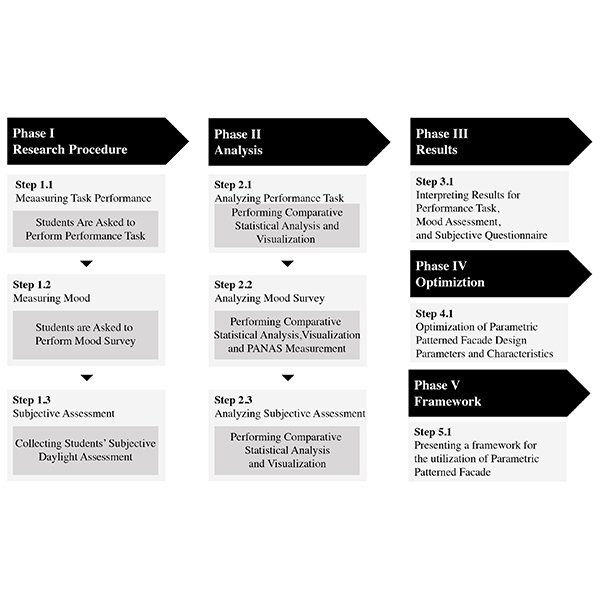
RESEARCH ARTICLE
Investigation of the Effect of Parametric Patterned Façade and
Parametric design is one of the thriving contemporary architectural treatments that not only has an influence on the design of building envelopes but is capable of affecting the users physically and psychologically.
Journal of Daylighting 11 (2024) 312-333
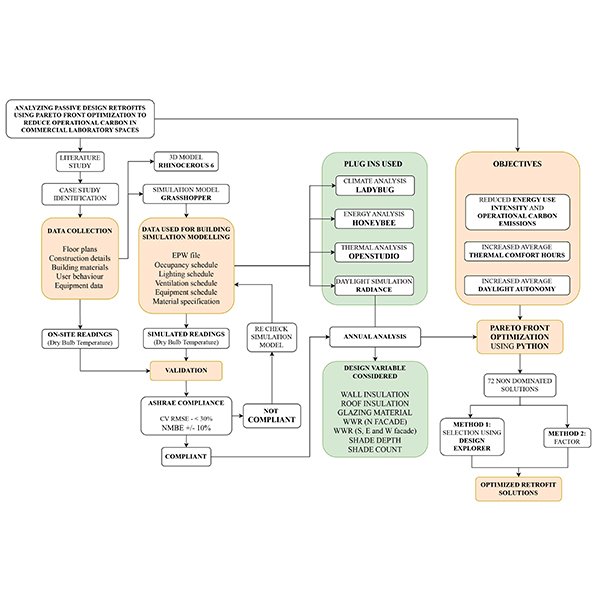
RESEARCH ARTICLE
Analyzing Passive Design Retrofits using Pareto Front Optimization to Reduce
Buildings are one of the leading sources of carbon emissions in the world. Most of the carbon emissions are released during the operation phase of the building.
Journal of Daylighting 11 (2024) 290-311
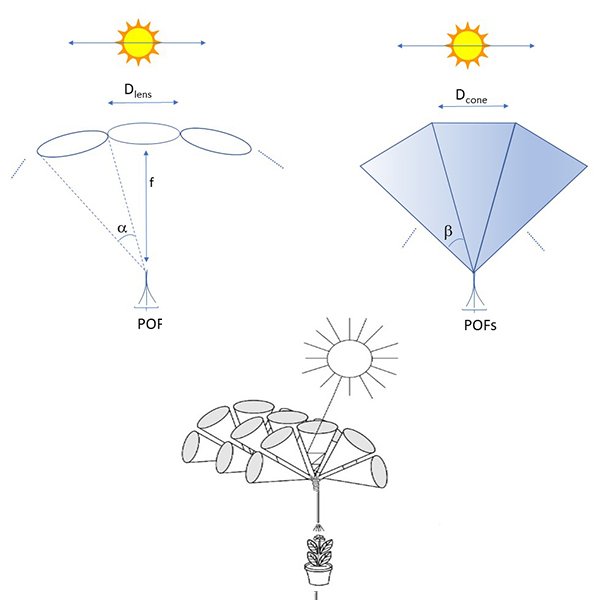
RESEARCH ARTICLE
Tracker-less Sunlight Collection Apparatus, using an Array of Optical
The paper describes an array of optical cones as a potential configuration for tracker-less daylighting, without using an electro-mechanical tracker. Subsequently, a single optical cone is analyzed, mainly in terms of sunlight collection efficiency and acceptance angle, as a function of the cone's geometrical dimensions.
Journal of Daylighting 11 (2024) 279-289
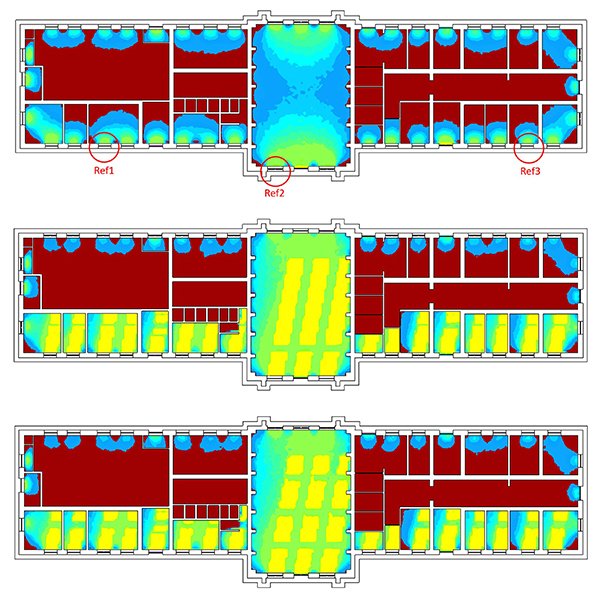
RESEARCH ARTICLE
Analytical Study on Reducing the Heating Effects of Daylight and
Climate change is an environmental issue that is rapidly escalating due to the effects of global warming. The increase in carbon emissions, along with various human activities such as industrial processes, land use changes, and the reckless consumption of natural resources, are among the primary causes of global warming.
Journal of Daylighting 11 (2024) 268-278
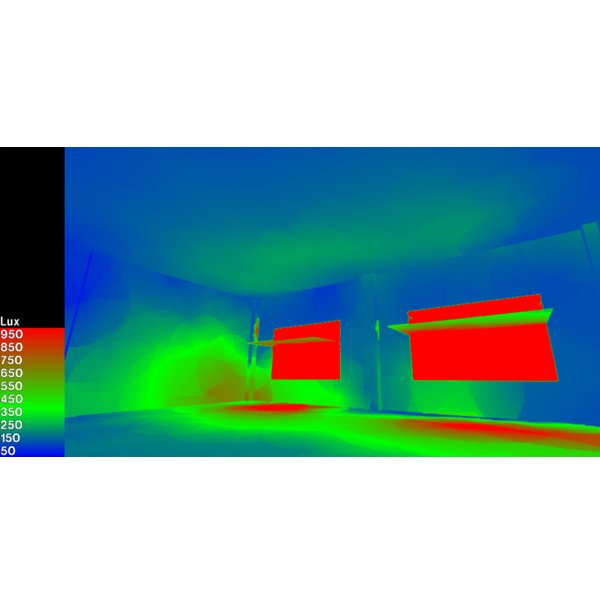
RESEARCH ARTICLE
Optimising Daylighting Performance Through Side light with Passive Devise Design
Passive lighting design plays an important role in providing natural lighting to save electricity consumption in buildings. This study aims to investigate the performance of natural lighting and the potential of alternative designs through sidelights with 3 shading device models and light shelves with different sizes in north, west, east, and south orientations.
Journal of Daylighting 11 (2024) 247-267
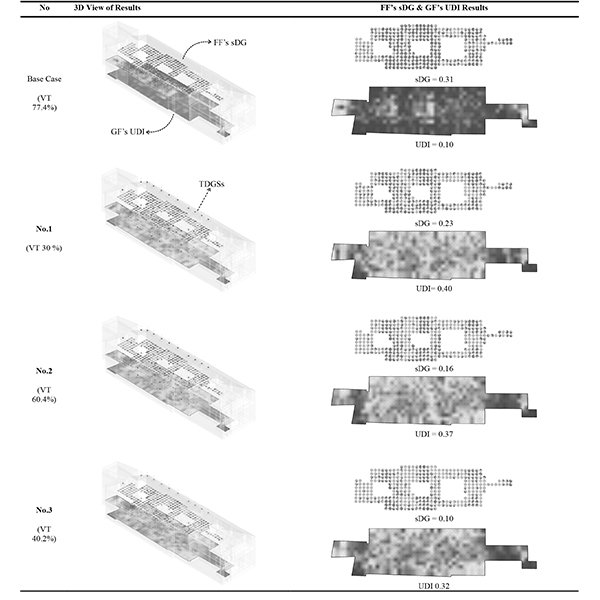
RESEARCH ARTICLE
Daylight Enhancement Strategies Through Roof for Heritage Buildings
Enhancing daylighting in heritage buildings is a complex challenge that requires a delicate balance between preserving architectural integrity and improving visual comfort.
Journal of Daylighting 11 (2024) 234-246
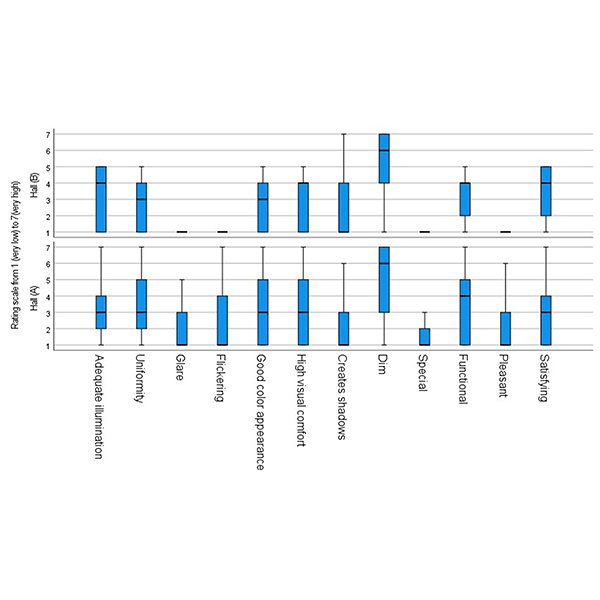
RESEARCH ARTICLE
Investigation of daylight availability in university dining halls: A case
This study evaluates the availability of daylight inside a university’s dining halls over two days (one sunny and one cloudy) using light meters in real-life sittings. .
Journal of Daylighting 11 (2024) 216-233
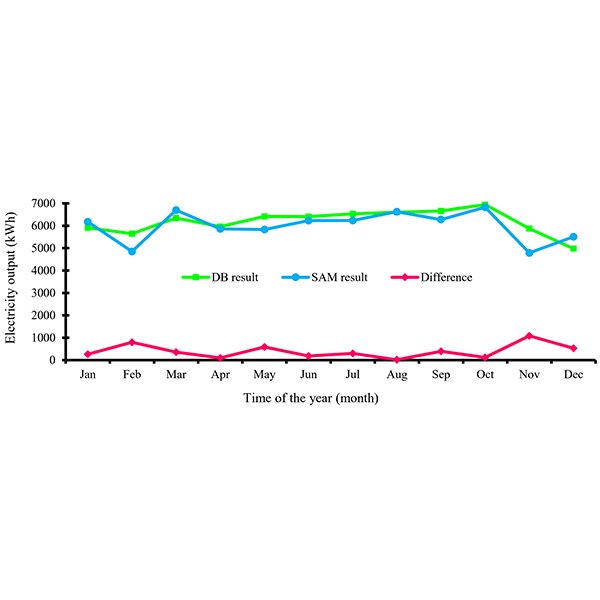
RESEARCH ARTICLE
Energy efficiency in smart schools using renewable energy strategy
As smart schools increasingly rely on technology, achieving energy efficiency becomes crucial for cost reduction and sustainability. This study investigates energy efficiency strategies in smart schools, focusing on the integration of renewable energy technologies.
Journal of Daylighting 11 (2024) 203-215
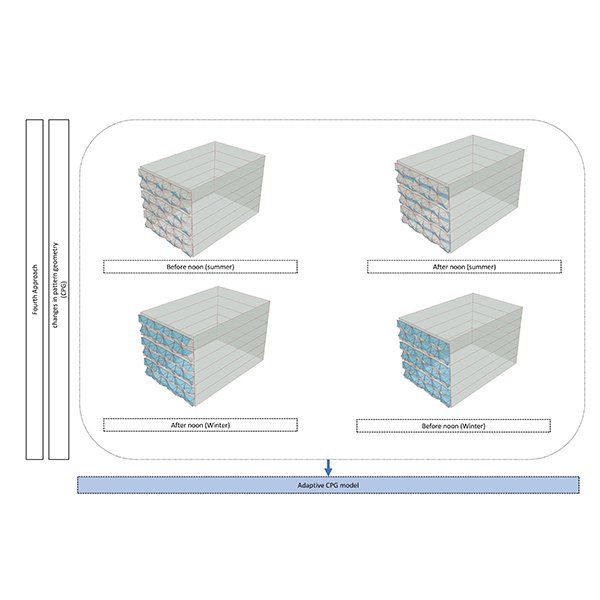
RESEARCH ARTICLE
Synergistic Strategies: Comparing Energy Performance in Climate-Adaptive Building Envelopes
Climate change and improving building energy performance are significant contemporary concerns. Conversely, climate-adaptive building envelopes (CABEs) offer promising solutions to enhance structural performance amidst fluctuating environmental conditions.
Journal of Daylighting 11 (2024) 181-202
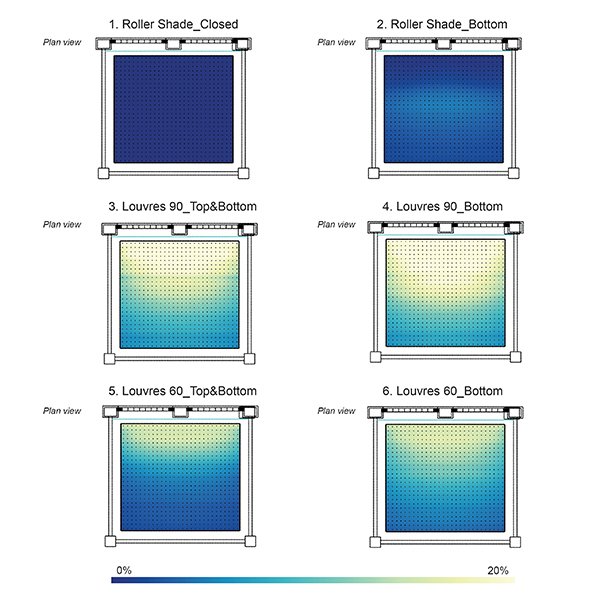
RESEARCH ARTICLE
Design Adjustments For Daylighting and Visual Comfort in a Classroom
This paper evaluates how design adjustments applied to roller shades and louvres (namely the height of the shadings head and the angles of the louvre slats) can improve their annual and spatial effectiveness to provide autonomous daylight levels, reduce daylight glare problems, and offer views outside.
Journal of Daylighting 11 (2024) 165-180
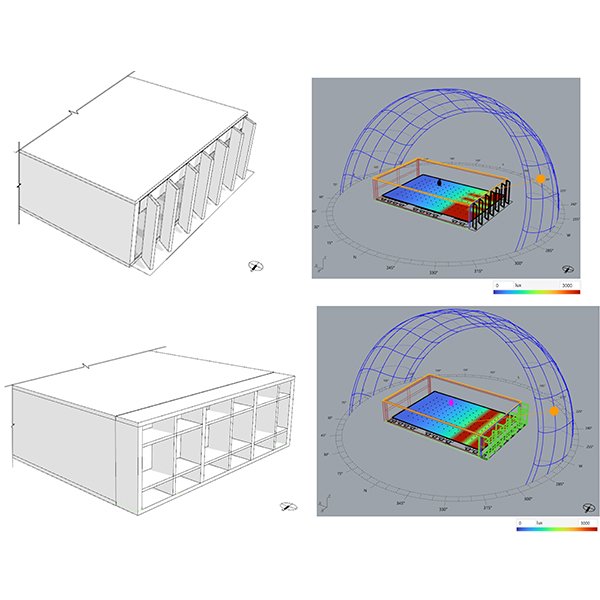
RESEARCH ARTICLE
Performance of Shading Against West Glass Facades to Optimise Daylight,
In tropical urban areas, the vertical facades of buildings often play a crucial role in capturing solar radiation and heat, especially for office buildings facing west during the afternoon.
Journal of Daylighting 11 (2024) 131-148

RESEARCH ARTICLE
Designerly Approach to Design Responsive Façade for Occupant Visual
In recent years, attention has focused on improving the health and satisfaction of employees by enhancing visual comfort in workplaces. This involves providing adequate natural daylight, glare control, and outdoor views.
Journal of Daylighting 11 (2024) 149-164

RESEARCH ARTICLE
Geometry Optimization of Industry Buildings for Energy-Driven Design Development
Even though the manufacturing industry consumes roughly 54% of total available energy globally, little consideration has been devoted to optimizing energy in the early stages of industry design, particularly in densely populated cities.
Journal of Daylighting 11 (2024) 119-130

REVIEW ARTICLE
Exploring Methodological Considerations: A Literature Review on How Lighting Affects
The impacts of lighting conditions on human circadian rhythms, sleep quality, and cognitive performance have been extensively investigated in the past two decades; however, these studies have yielded inconclusive and variable outcomes.
Journal of Daylighting 11 (2024) 97-118

RESEARCH ARTICLE
Enhancing Visual Comfort and Energy Efficiency in Office Lighting Using
The number of desk workers who frequently conduct their jobs at home has increased dramatically during Covid-19. Work-from-home flexibility makes it attractive for workers and companies, resulting in a “Work-Style Reform” after the Covid-19 pandemic. Ho.
Journal of Daylighting 11 (2024) 69-96
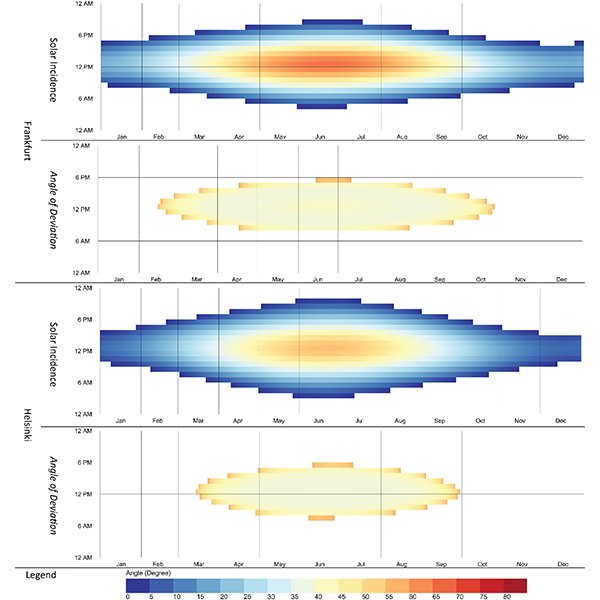
RESEARCH ARTICLE
Solar Angle Model for Daylight Redirection in Prismatic Panel
An advanced complex fenestration system can utilize uniform daylight. Nonetheless, an inefficient design would increase solar heat gain and indoor temperatures, besides uneven light distribution that would cause the "cave effect.
Journal of Daylighting 9 (2022) 257-265
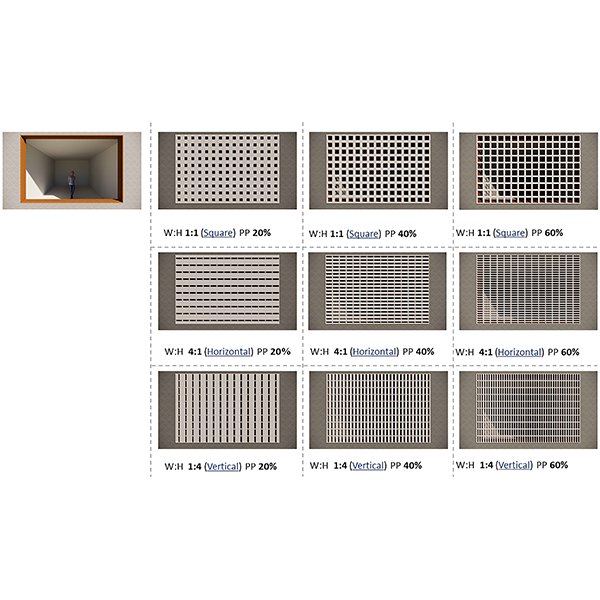
RESEARCH ARTICLE
The Significance of Aperture Proportion for the Lighting Behaviour and
Traditional solar screens in Iran (called Moshabak) are architectural devices used mainly in hot-arid regions, with two interrelated functions: controlling the penetration of sunlight and gaze from outside.
Journal of Daylighting 9 (2022) 242-256
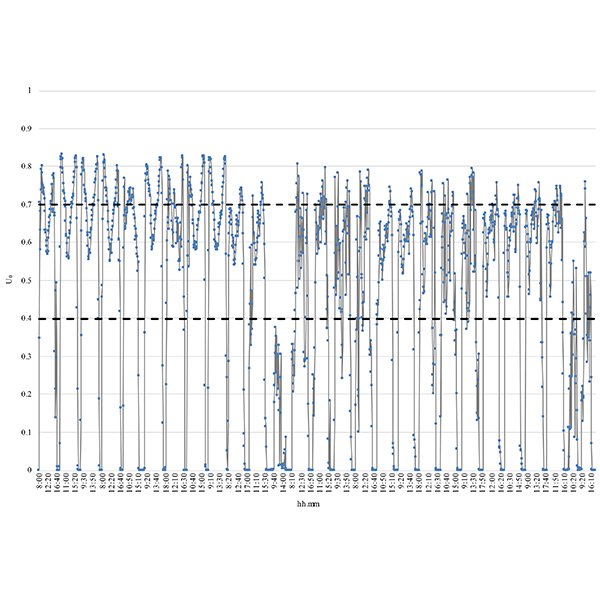
RESEARCH ARTICLE
Experimental Analysis on a 1:2 Scale Model of the
This paper is focused on the daylighting system named Modified Double Light Pipe (MDLP) designed by the authors as an evolution of the Double Light Pipe to eliminate the drawbacks due to its encumbrance and the high luminance of its upper portion.
Journal of Daylighting 9 (2022) 228-241

RESEARCH ARTICLE
Illumination and Lighting Energy Use in an Office Room with
This paper describes a field study of the illumination and lighting energy use in a full-scale test office in a building located in southern Norway. Natural light is provided to the office via southwest-oriented windows and a horizontal light pipe (HLP) with a daylight entrance facing the south.
Journal of Daylighting 9 (2022) 209-227

RESEARCH ARTICLE
Evaluation of Daylight and Glare Quality of Office Spaces with
There has been an increasing awareness in recent years about the evaluation of daylight and glare quality in buildings. In the study, an office space with a flat and a dynamic shading system facade (triangular cell facade) is discussed in the province of Mardin, which is in a hot and arid climate zone.
Journal of Daylighting 9 (2022) 197-208

RESEARCH ARTICLE
Lighting Quality Self-assessment in Italian Home Offices
The spread of information technology and the improvement of telecommunicating systems have changed the way to conceive work. People performing typical office activities provided with a laptop and an internet connection can work in whatever place: a coffee house, a waiting room of a train station, an airport, or their own home.
Journal of Daylighting 9 (2022) 177-196
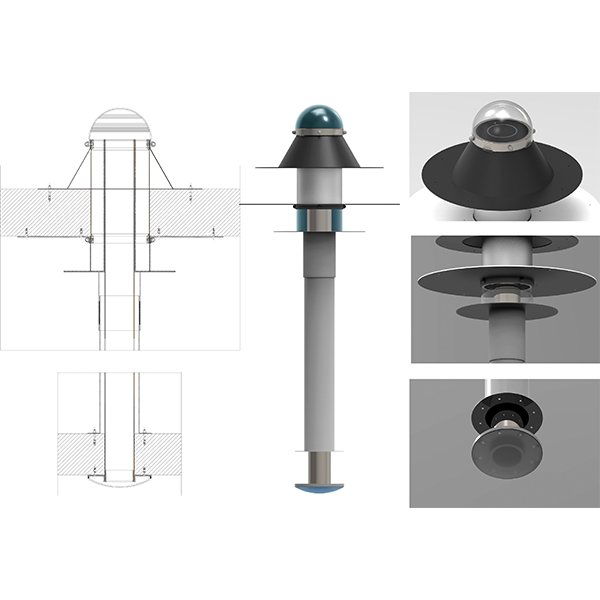
RESEARCH ARTICLE
Daylight Performance of the Modified Double Light Pipe (MDLP) Through
This paper focuses on the Modified Double Light Pipe (MDLP), an innovative daylighting system set up by the authors in the Laboratory of Technical Physics of the University “G. .
Journal of Daylighting 9 (2022) 164-176
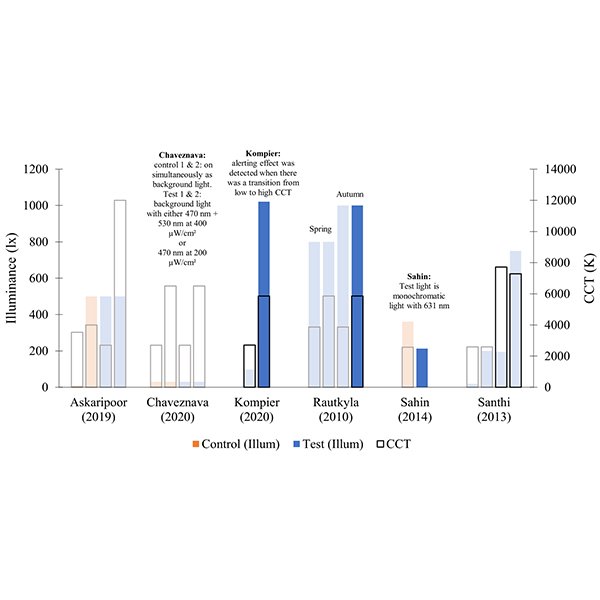
REVIEW ARTICLE
Alerting Effect of Light: A Review of Daytime Studies
Light affects humans beyond only image formation. Several studies have reported that light can increase daytime alertness and can therefore be positively utilized to counter daytime fatigue and increase productivity in workspaces.
Journal of Daylighting 9 (2022) 150-163
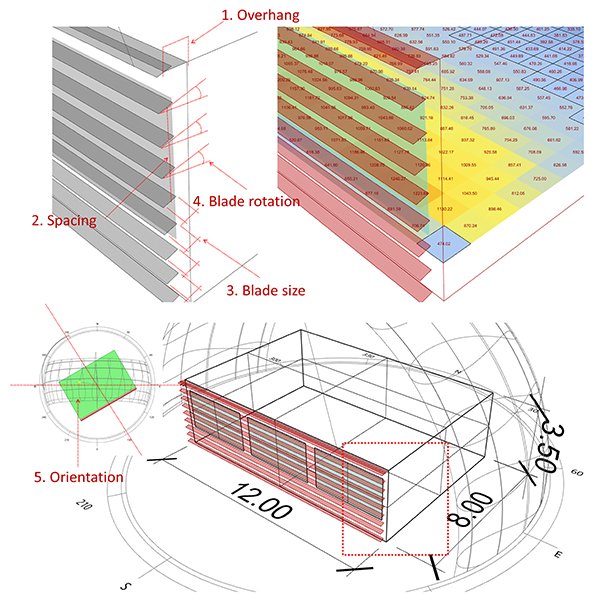
RESEARCH ARTICLE
The optimization of louvers shading devices and room orientation under
This paper presents parametric and multi-objective optimization (MOO) approach in optimizing daylight and energy consumption by incorporating louvres shading devices depicting three different sky conditions: Birmingham, UK, Jakarta, Indonesia, and Sydney, Australia.
Journal of Daylighting 9 (2022) 137-149
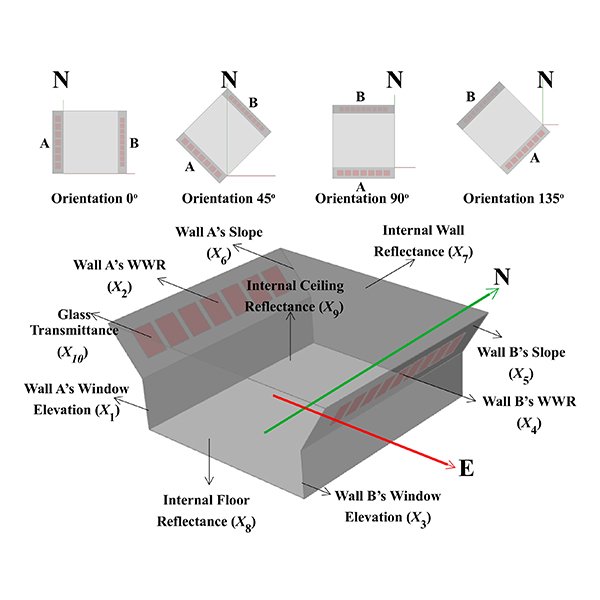
RESEARCH ARTICLE
Optimization of Daylighting Design Using Self-Shading Mechanism in Tropical
Despite its potential, daylighting strategies in school classrooms in the tropical climate regions is little explored in the literature. The use of two-sided or bilateral daylight opening, as well as the self-shading mechanism using sloped walls, are currently seen as potential strategies to achieve good daylighting in tropical buildings.
Journal of Daylighting 9 (2022) 117-136
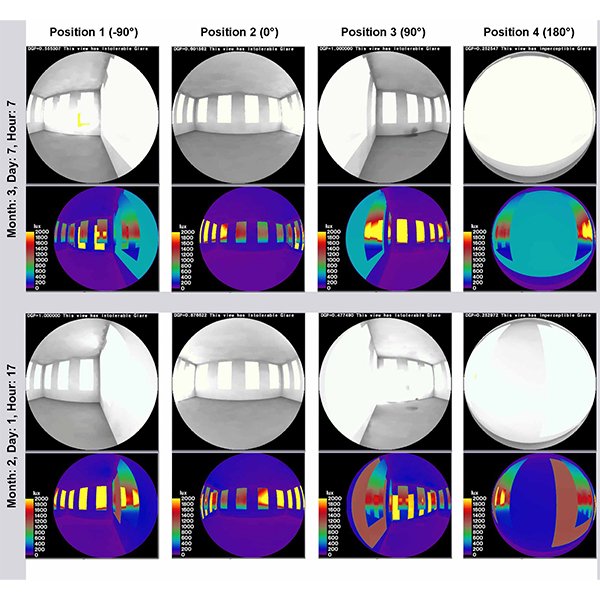
RESEARCH ARTICLE
Impact of Different Shading Devices on Daylight Performance and Visual
Daylighting has become an essential feature in libraries since it can boost productivity, well-being, and energy savings. It is crucial to prevent discomfort glare irritation while maintaining the quality of view, and daylight demands.
Journal of Daylighting 9 (2022) 97-116
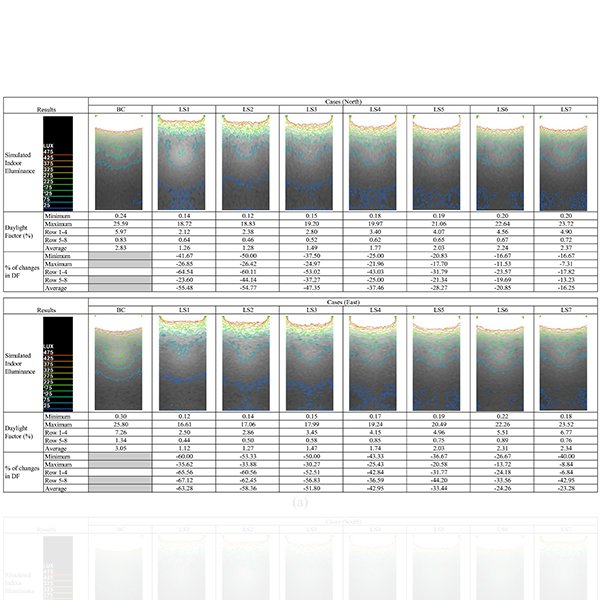
RESEARCH ARTICLE
Daylighting Performance of Integrated Light Shelf with Horizontal Light Pipe
Tropical countries such as Malaysia receives a significant amount of daylight. The utilisation of this renewable resource in a high-rise office building leads to opportunities and challenges.
Journal of Daylighting 9 (2022) 83-96
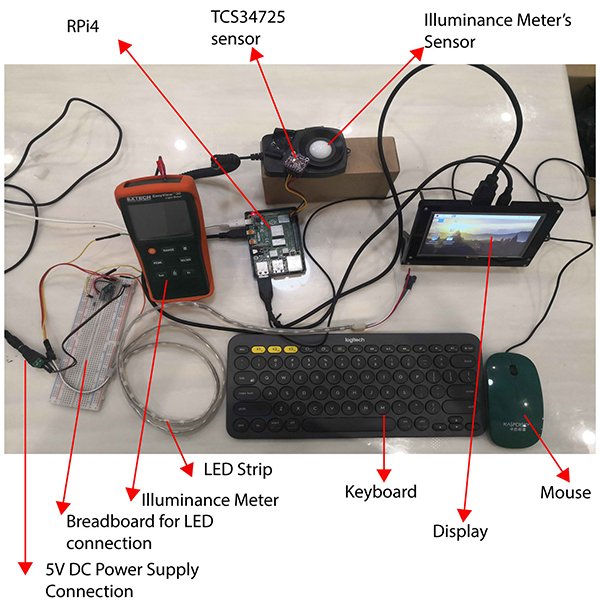
RESEARCH ARTICLE
Design and Simulation of a Circadian Lighting Control System Using
This paper introduces a fuzzy logic-based circadian lighting control system using flexibility of Light-Emitting Diode (LED) lighting technology to synchronise artificial lighting with circadian (natural) lighting Correlated Colour Temperature (CCT) characteristics.
Journal of Daylighting 9 (2022) 64-82

RESEARCH ARTICLE
An Investigation-Based Optimization Framework of Thermal Comfort Analysis in
Optimization becomes more valuable when the optimal variables decision can consider sensitivity analysis. To get optimum results quickly, this study established a synthetic sensitivity analysis and multi-objective optimization approach, which is combined with an energy simulation framework characterized by parallel processing.
Journal of Daylighting 9 (2022) 48-63
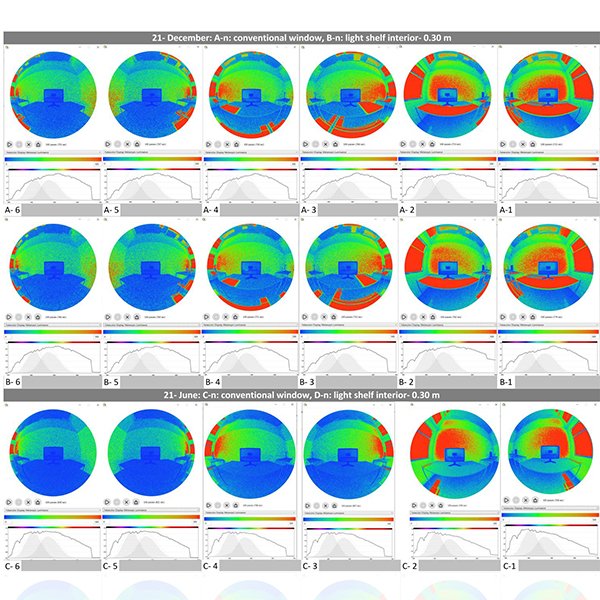
RESEARCH ARTICLE
A Daylight Assessment on Visual and Nonvisual Effects of Light
The contribution of daylight to a comfortable environment for occupants has been the subject of studies for years. Light shelves are known as daylight redirecting systems to enhance indoor daylight conditions.
Journal of Daylighting 9 (2022) 28-47
Join our Editorial Board
Applications should be sent electronically at jd@solarlits.com.
Editorial Board

Prof. Yuehong Su
University of Nottingham, UK

Dr Arsenio Barbón
University of Oviedo, Spain

Prof Hongfei Zheng
Beijing Institute of Technology, China

Dr Susana Lagüela López
University of Vigo, Spain

Prof. Barbara Szybinska Matusiak
NTNU, Norway

Dr Umberto Berardi
Ryerson University, canada

Prof Francesco Asdrubali
University of Perugia, Italy

Prof Laura Bellia
University of Naples Federico II, Italy

Dr Ferdinando Salata
University of Rome, Italy

Dr Valerio Roberto Maria Lo Verso
Politecnico di Torino (Polytechnic University of Turin), Italy

Prof. Antonio Manuel Peña García
University of Granada, Spain

Prof. Önder Güler
Istanbul Technical University, Türkiye

Prof. Nabil Elminshawy
Port Said University, Egypt

Dr Boon Han Lim
Universiti Tunku Abdul Rahman, Malaysia

Dr Fabio Peron
IUAV University of Venice, Italy

Dr Karam M. Al-Obaidi
Sheffield Hallam University, UK

Dr Marina Bonomolo
University of Palermo, Italia

Dr. Feride Şener Yılmaz
Istanbul Technical University, Turkey

Dr Seyed Morteza Hosseini
Aalborg University, Denmark

Wei Wang
Southeast University, 中国

Dr Hui Shen
Texas A&M University-Kingsville, USA

Dr. Francesca Fragliasso
University of Naples Federico II, Italy

Prof. BANU MANAV
Kadir Has University, Turkey

Dr Vincenzo Costanzo
University of Catania, Italy

Prof Jitka Mohelnikova
Brno University of Technology, Czech Republic

Dr jian yao
Ningbo University, China

Dr Francesco Sommese
University of Naples Federico II, italy

Dr. Francesco Nocera
Department of Civil Engineering and Architecture, University of Catania (ITALY), Italy

Dr Lim Yaik Wah
Universiti Teknologi Malaysia, Malaysia

Dr Ahmed A. Y. Freewan
Jordan University of Science and Technology, Jordan

RESEARCH ARTICLE
Daylight Distribution Improvement Using Automated Prismatic Louvre
Louvre is a common type of shading devices and has been increasingly used in office buildings. Meanwhile, some reflective types of louvre have been used to provide shade and to redirect daylight deep into buildings interior simultaneously.
Journal of Daylighting 7 (2020) 84-92
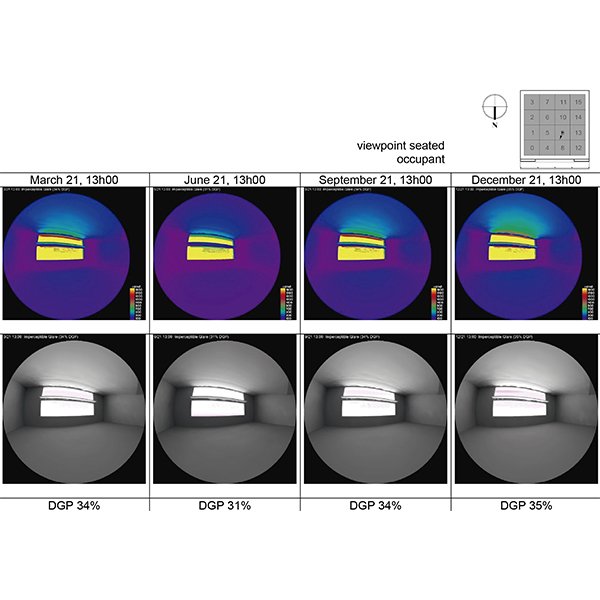
RESEARCH ARTICLE
Optimisation of Passive Solar Design Strategies in Side-lit Offices:
It has been shown that in buildings with fully glazed facades designed to save electricity and increase daylight, overheating due to excessive solar gains and glare have become recurrent problems, affecting the quality of the indoor environment in office buildings.
Journal of Daylighting 7 (2020) 107-121
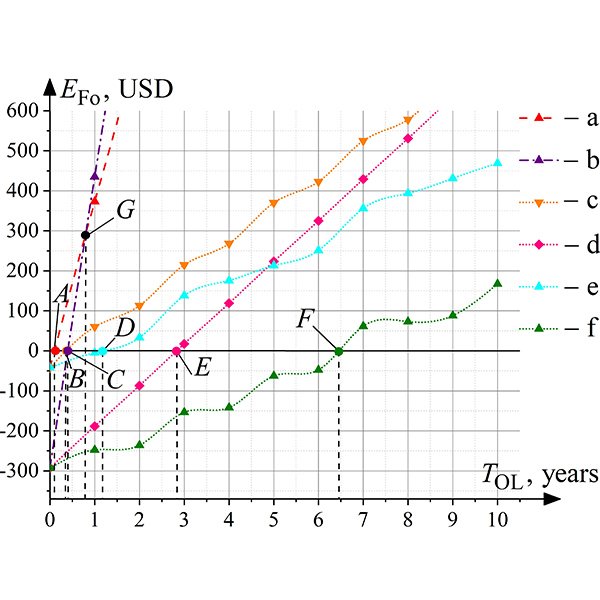
RESEARCH ARTICLE
Economic and Energy Efficiency of Artificial Lighting Control Systems for
The aim of the research is to determine the economic and energy efficiency usage of the artificial lighting control systems, with the help of astronomical relays and motion sensors, by various types of light sources for the stairwells (stair landings and staircases) of multistory residential buildings.
Journal of Daylighting 7 (2020) 93-106

RESEARCH ARTICLE
Daylighting metrics: an approach to dynamic cubic illuminance
Advances in research work in the field of numerical analysis of daylight performance have generated in-depth knowledge on photometric measurements of daylight quality.
Journal of Daylighting 5 (2018) 34-42
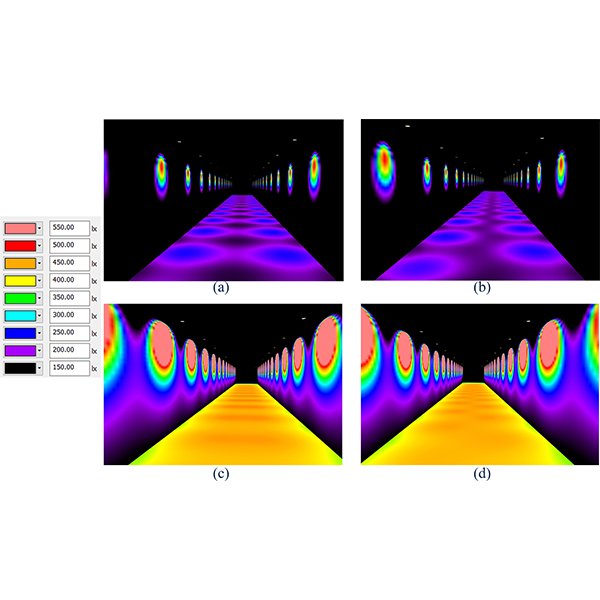
RESEARCH ARTICLE
Phasor Method to Estimate Illuminances Due to Parallel Arrays of
Direct horizontal illuminance along a calculation row due to two parallel arrays of large numbers of identical light sources behaves like a periodic signal with a sinusoidal pattern, which contains useful information for design purpose.
Journal of Daylighting 7 (2020) 246-257

RESEARCH ARTICLE
Effect of window glazing on colour quality of transmitted daylight
In this study, the colour quality of the daylight transmitted through different window glazing types is evaluated. The analysis considered four different types of window glazing: laminated, monolithic, coated and applied film glazing ranging in luminous transmittance from around 0.
Journal of Daylighting 4 (2017) 37-47

RESEARCH ARTICLE
A Methodology to Link the Internal Heat Gains from Lighting
This paper critically discusses the procedure prescribed by the Italian Technical Standards to account for the internal gains in the calculation of the energy performance indices for a building.
Journal of Daylighting 1 (2014) 56-67

RESEARCH ARTICLE
Optimum Characteristics of Windows in an Office Building in Isfahan
Nowadays, the use of renewable energies has increased due to the energy crisis and subsequent environmental issues. The window design significantly affects energy consumption and natural light absorption regarding preventing visual discomfort and improving indoor quality with effective external features.
Journal of Daylighting 8 (2021) 222-238

RESEARCH ARTICLE
The Effect of Sky View Factor on Air temperature in
Urban geometry is defined by the height, length, width, and distance of buildings, which affect the urban environment and its microclimate, especially a high-rise and high-density urban environment, such as Tehran.
Journal of Daylighting 6 (2019) 42-51

SHORT COMMUNICATION
No-Greenery Line and Greenery-View Factor, New Architectural Design
The paper proposes a new tool for evaluation of the degree of visual contact with the outdoor greenery, the Greenery-View factor (GV), intended to be easy to grasp and simple to use.
Journal of Daylighting 7 (2020) 282-286

RESEARCH ARTICLE
Annual Performance Assessment of Complex Fenestration Systems in Sunny Climates
Complex Fenestration Systems (CFS) are advanced daylighting systems that are placed on the upper part of a window to improve the indoor daylight distribution within rooms.
Journal of Daylighting 2 (2015) 32-43

RESEARCH ARTICLE
A New Trend for Indoor Lighting Design Based on A
Most power system planners are interested in the savings of electrical power consumption. Various references demonstrate that the highest consumed power is by the lighting systems standing around 19% of worldwide energy consumption.
Journal of Daylighting 7 (2020) 137-153

RESEARCH ARTICLE
Daylighting Evaluation and Optimisation of Window to Wall Ratio for
A base case model is a more potent dose for applied research; the passive architectural design for sustainability requires optimised experiments. However, experimenting with physical developments require construction and deconstruction until they achieved the optimal scenario.
Journal of Daylighting 8 (2021) 20-35

RESEARCH ARTICLE
Optical Characteristic Investigation on an Underwater Adjustable Focus Solar Concentrator
This paper presents an underwater adjustable focus solar concentrator, which is composed of a piece of transparent elastic membrane and a hollow cylindrical-like structure.
Journal of Daylighting 6 (2019) 169-175

RESEARCH ARTICLE
Comparative Study on Computer Simulation of Solar Shading Performance with
Current technological advancement and the requirement for sustainability-driven practices has birthed increased demands for accuracy in performance and assessment of energy consumption in the built environment.
Journal of Daylighting 8 (2021) 50-64

RESEARCH ARTICLE
A Comprehensive Evaluation of Perforated Façades for Daylighting and
New design tools have enabled architects to explore complex geometries for building envelopes. Perforated Screens (PS) have gained popularity but their design is still intuitive, often focused on aesthetic and morphological criteria.
Journal of Daylighting 6 (2019) 97-111

RESEARCH ARTICLE
Optical Analysis of a New Solar Distiller with Cylindrical Surface
In this paper, a new solar distiller floating on ocean with cylindrical surface concentrator and vertical gap evaporator is proposed for solving the problem of freshwater shortage in islands.
Journal of Daylighting 8 (2021) 100-109

RESEARCH ARTICLE
Optical Analysis of A Sliding-Type Cylindrical Fresnel Lens Concentrating
Agricultural greenhouses are commonly built around cities to supply residents with agricultural products or green plants. With an increasing demand for plants’ growing environment, the temperature and illumination inside the greenhouses are counted especially during cold winter. .
Journal of Daylighting 8 (2021) 110-119

RESEARCH ARTICLE
Metamodeling of the Energy Consumption of Buildings with Daylight Harvesting –
Daylight harvesting is a well-known strategy to address building energy efficiency. However, few simplified tools can evaluate its dual impact on lighting and air conditioning energy consumption.
Journal of Daylighting 8 (2021) 255-269

RESEARCH ARTICLE
Lighting Energy Saving with Light Pipe in Farm Animal Production
The Swedish animal production sector has potential for saving electric lighting of €4-9 million per year using efficient daylight utilisation. To demonstrate this, two light pipe systems, Velux® (house 1) and Solatube® (house 2), are installed in two identical pig houses to determine if the required light intensity, daylight autonomy (DA), and reduced electricity use for illumination can be achieved. In.
Journal of Daylighting 2 (2015) 21-31

RESEARCH ARTICLE
Parametric Analysis of Architectural Elements on Daylight, Visual Comfort, and
The quality of visual comfort has always been an essential element considering human comfort. Providing visual comfort in a living environment reduces the need for artificial lighting, which subsequently has a direct relationship with energy consumptions and its expenses.
Journal of Daylighting 7 (2020) 57-72

REVIEW ARTICLE
Daylight Transport Systems for Buildings at High Latitudes
This paper is a literature study of daylight transport systems aiming at selecting the most appropriate ones for application at high latitudes. It is limited to the systems that transport light at a long distance from the façade and distribute it either in the building core or at a rear place in a room adjacent to the façade. .
Journal of Daylighting 6 (2019) 60-79

RESEARCH ARTICLE
Towards New Design of Laser Cut Acrylic Panels for Windows
This paper builds upon existing research into laser cut panels and aims to find new design-patterns that would improve daylighting conditions of existing rooms when applying the laser-cut panels on vertical windows.
Journal of Daylighting 6 (2019) 1-10

RESEARCH ARTICLE
A First Approach to a New Index on Indoor Lighting
In this study, the conditions of visual comfort were assessed in an indoor environment intended for students. For this reason, a transversal field survey was carried out in two libraries, one at the Sapienza University of Rome (Italy) and another at the University of Granada (Spain).
Journal of Daylighting 6 (2019) 124-130

RESEARCH ARTICLE
Energy Saving Generated Through Automatic Lighting Control Systems According to
The standard EN 15193-1:2017 “Energy performance of buildings - Energy requirements for lighting” introduced a detailed method to calculate the energy demand for lighting in buildings. Th.
Journal of Daylighting 6 (2019) 131-147
 HOME
HOME